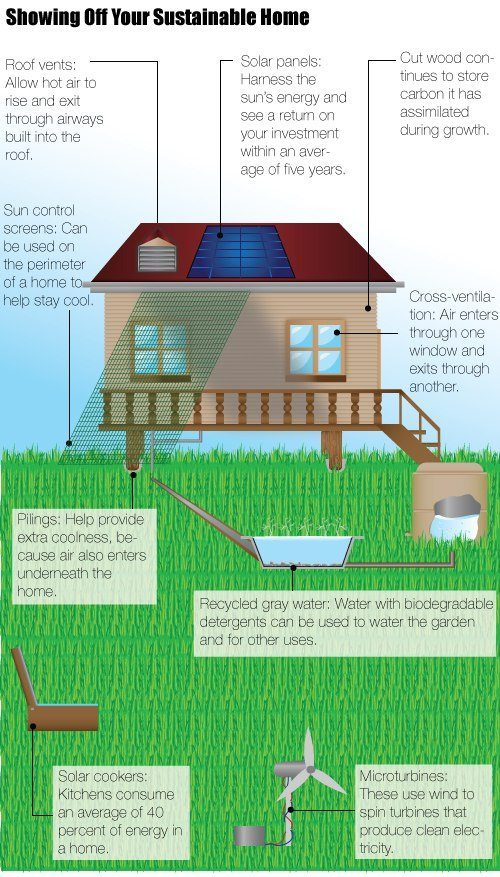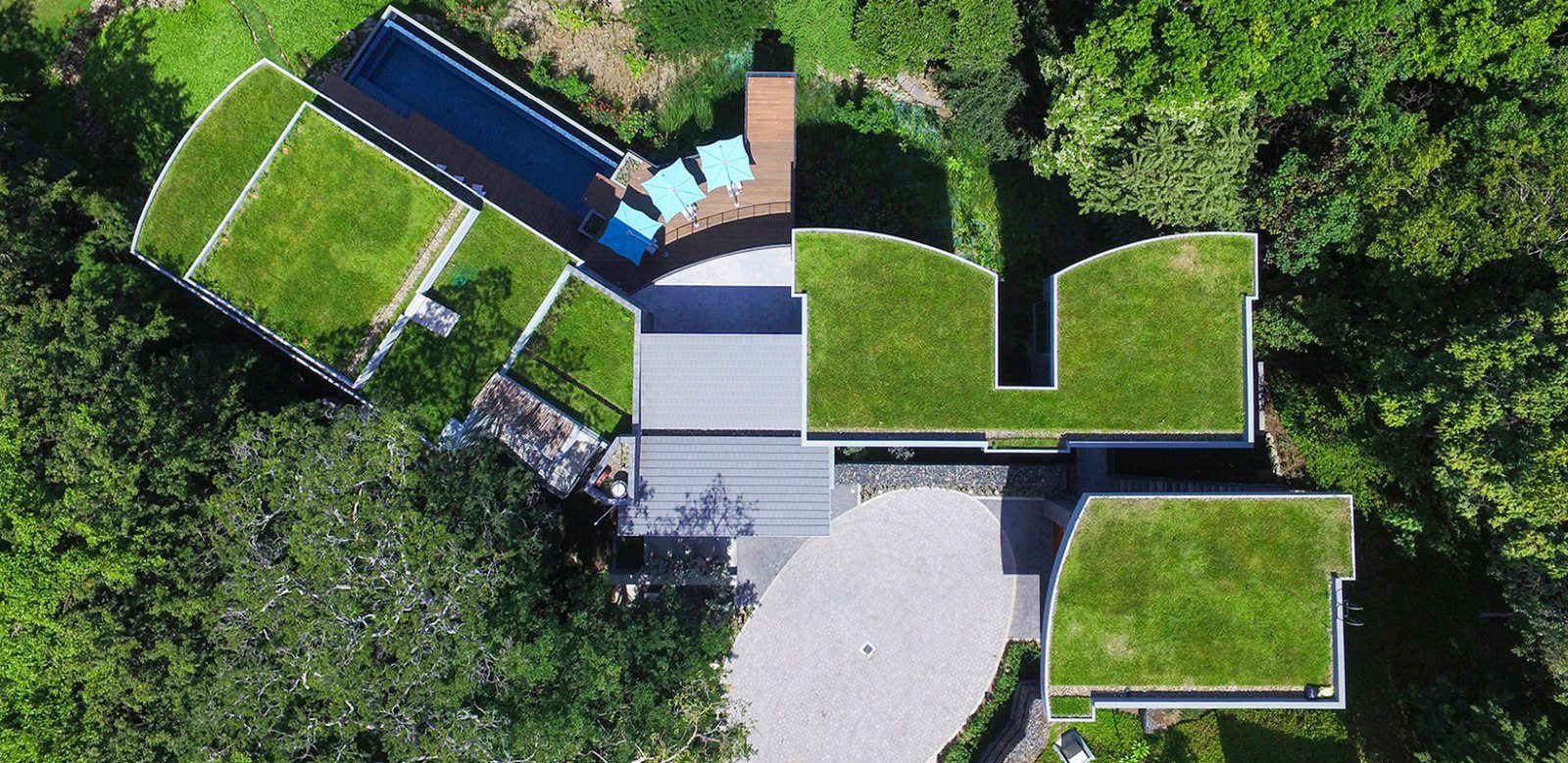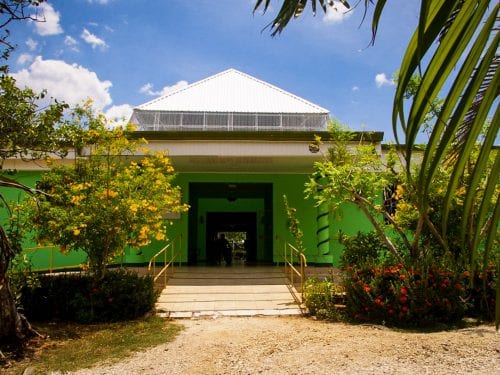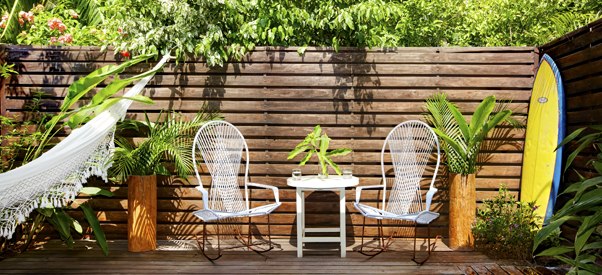
It’s the rainy season and it’s hot, so I open the windows in my room to let some air in, but instead of cooling me off, hot condensation and a bright sun invade my room, blinding me instead of illuminating me. I close the doors and the windows and turn on the air conditioner.
My house, like most in the province, was designed without environmental logic. It doesn’t use wind direction to its advantage, or natural light or sustainable building materials that exist in nature. It’s quite the opposite, in fact.
What Can I Do About It?
Sustainable homes involve nature in all of its cycles. That’s why you can’t talk about sustainable homes without discussing sustainable development, according to specialist Luis Daniel González.

“It’s not that we take care of the ecosystem, but rather we’re part of an ecosystem,” he said.
There are dozens of ways to be more sustainable. Some are well known (although not necessarily implemented) such as recycling, using wastewater gardens or cutting back on water used to flush the toilet.

Others, although known, are just beginning to be used. That’s the case with solar panels, which can now be installed and connected to your provider’s grid, thanks to a new government rule that took effect last April.
Homes that use solar panels recover their initial investment in five to eight years (the bigger they are, the more time it takes to see a return) and save up to 60 percent on electric bills, starting on the first month of use, said Karen Tat from the Costa Rican Solar Energy Association.
Alejandro Brenes, owner of the company Enertiva, which installs solar equipment, recommends installing 200 kilowatt-hour capacity, which is about half the consumption of a home that pays between ¢35,000-¢55,000, depending on the distributor (ICE, Coopeguanacaste, CNFL, etc.).
The system, composed of four solar panels and a water heater, costs about $4,300 including installation, Brenes said.
Solar panels aren’t exclusive: You can install them and also use electricity from your provider when sunlight is weak. In addition, the energy solar panels produce while you’re not using them can be used by other consumers, and the excess you supply helps lower your bill.
Even if you can afford to install panels on your entire roof, you should know that the first 200 kWh you consume will always cost less if you get it from your provider’s grid, because it’s subsidized (distributors make up for it with higher rates).
You also have tools available to save water.
For example, you can use air vents for faucets, which inject air into the water flow to give the impression of greater pressure, helping you cut down water use by up to 40 percent. Or, simply consume less by turning off the faucet more quickly.
You also can hire preventive plumbing services or non-invasive leak detectors that don’t require someone smashing up your floor in order to find that wasted water.
For Those Who Are Lucky
The moment you decide where to build or live you’re making an ecological decision. If you live in the center of your village or city, you probably won’t need to travel large distances to get to work, which decreases fossil-fuel use as you leave your car at home.
Building or choosing a home in a development project that doesn’t require large movements of earth also can have a positive effect on the environment.
“The existing natural landscape and vegetation should be respected and evaluated according to its forestry value,” notes the Sustainable Construction Guide 2016, published at the end of the year by the Construction Chamber.
A building’s orientation also is fundamental to prevent the sun from causing intense heat inside.
“Walls facing the east and west receive less direct sunlight in the summer, so heat accumulation is reduced,” the chamber stated.
Other things to consider include illumination (adding internal patios or having rooms that are open to the outside), airflow (have an opening for fresh air and an exit for hot air), green walls (vertical walls covered in plants that refresh the air before it hits the building’s façade) and using materials like wood that continue fixing carbon dioxide for years. See Infograph.







Comments